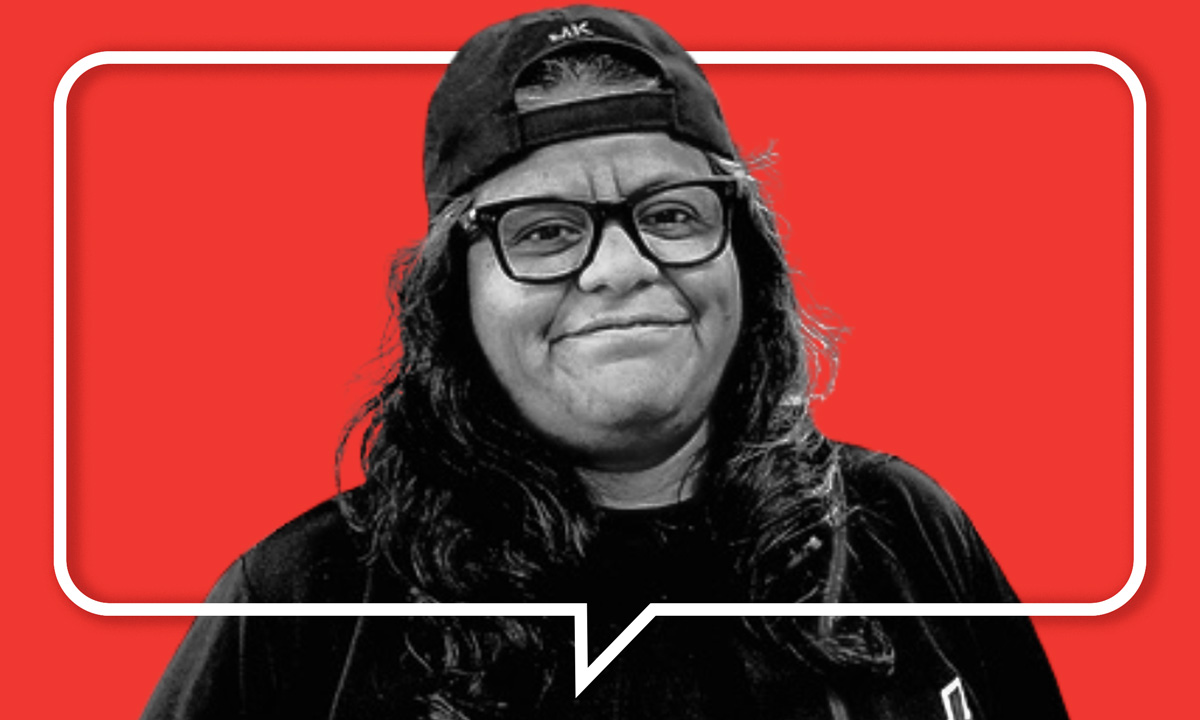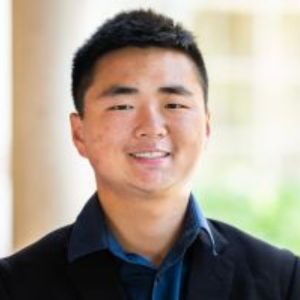Q&A: Teacher of the Year on STEM Success in South Central LA Despite Odds
Veteran LAUSD teacher Marisol Pérez shares lessons in helping kids find their way to upwardly mobile tech careers.

Get stories like this delivered straight to your inbox. Sign up for The 74 Newsletter
At John C. Fremont High School STEAM Magnet in hardscrabble South Central Los Angeles, students face an uphill battle against social and economic hardship, with violence from the neighborhood sometimes filtering onto campus.
This school year Fremont High has seen security-related lockdowns on a nearly a monthly basis, including an incident at the beginning of the year when a gun was found in a student’s backpack.
But Marisol Pérez, who’s taught at Fremont for more than a decade, said students at the school can find their way out of the concrete jungle through the STEM fields of science, tech, engineering and math.
A retired Coast Guard veteran who served eight years as a technician in active duty before becoming a teacher, Perez knows from her own experience the value of education and the power of following your dreams.
Now Perez has made it her life’s mission to outfit her students with the tools to succeed in an increasingly tech-driven world.
“The United States is struggling to produce enough qualified individuals for STEM jobs, which often results in these roles being outsourced to other countries,” said Perez, “leading to a loss of opportunities here at home.”
In recognition of her dedication, Pérez in November was named the Robert & Patricia Kern Teacher of the Year, earning the honor through a nationwide nomination process for excellence in STEM education.
In an interview with The 74, Pérez discussed the challenges her students face pursuing STEM fields in South Central and how investment in new STEM programs can create a significant impact.
This conversation has been edited for length and clarity.
South Central LA can be a tough place to grow up. How does the environment there impact students’ ability to study in school?
Students come to school saying that they can’t walk home late because these are not the types of areas where it’s safe to walk around.
The demographics here present unique challenges. Our students, as much as we would like them to focus on their homework, their education, often have different and more immediate concerns. Unfortunately Many come from broken homes, and their worries are far removed from those of the average student outside this community. They’re thinking about where their next meal will come from, or they’re rushing home because they have to go to work.
In my opinion, it’s hard for them to focus on academics in the same way students in other demographics might. The dynamics within the Black and Latino communities here are very similar—they face significant hardships they need to overcome. At the same time, they’re trying to pursue an education and push themselves to meet standards. They often have to work three or four times as hard just to meet those expectations. It’s incredibly challenging.
What has teaching in South Central for over a decade taught you about public schools in these communities?
I don’t think we have as many resources as we would like, and that’s where the struggle usually lies. This is a Title I school. Because of that, our budgets are really low—not where they need to be. In reality, schools like ours should be receiving the most funding since we lack critical resources. We have a student population of about 1,900, most of whom are at impoverished income levels. This is exactly where additional resources are needed.
However, when funding is distributed, it rarely seems to reach schools like ours. We end up coming up short, with insufficient budgets to maintain resources. Even for programs like this one, I’ve had to spend a lot of my own money to cover the things we need. Running an engineering course is expensive—very expensive—and I’m constantly struggling to find additional funding. I’ve been applying for grants to help cover the cost of consumables the students go through daily.
For this program alone, I’ve had to obtain additional certifications to qualify for grants within the state because the school simply doesn’t have the money to support programs like this. On top of my engineering background, I pursued these certifications so I could apply for state grants and potentially secure the funds to expand the program and open up more engineering opportunities for the students.
Why is STEM so hard for your students to engage with?
I have a background in STEM, and I can tell you right now that as a mechanical engineer working in government, most people don’t look like me. There are very few Latinas or women in this field. I happen to have both under my belt—I’m a female Latina—and engineering is predominantly male-dominated.
Bringing STEM programs into communities that are predominantly Black and Latino creates an opportunity to introduce something many people might not have known about. These communities may not realize that there are excellent jobs in STEM that they, too, can pursue. When they see someone like me—a female Latina from their area—they can say, “She did it, so why can’t I?” That’s the mentality we try to push here, is that we can do it, then there’s no excuse for you not to do it.
What is the school environment like for students?
When we wrap up our work, we need to ensure that we’re calling parents and making sure they come to the parking lot so our kids can get home safely. If that’s not possible, we’ll arrange transportation for them. Something as simple as this might seem unnecessary to someone outside the situation, but for us, it’s essential.
I live just a block away from the school, but even that short distance can feel intimidating because our community can be a little dangerous. However, the school itself is a safe and nurturing environment. It feels like a small oasis for the kids—a place where they feel secure and comfortable. But when they head home, they instinctively know that as the sun sets, they need to hurry and get there quickly.
What’s your teaching philosophy?
I always tell my kids, I don’t ever want a company to hire you just because you’re a female or because you’re a brown female. I want them to hire you because you have the skills, because you bring something valuable to the company that they need.
I do my best here not only to teach them the necessary skills but also to help them understand that this is not how they should expect to be hired—and it’s not how they should want to be hired. You should be hired because you are competitive and capable.
What changes do you think LAUSD should make?
LAUSD needs to focus more on STEM programs and allocate additional funding to them. The entire country acknowledges a problem with STEM education, as we’re falling short compared to other nations.
We’re coming up short with STEM. As a result, these jobs end up being shipped to another country.
In the 21st century, with advancements like artificial intelligence, automation, electric vehicles, and even potential hydrogen technologies, it’s crucial to prioritize STEM education, especially since that’s where our biggest global competitors are headed.
This article is part of a collaboration between The 74 and the USC Annenberg School for Communication and Journalism.
Get stories like these delivered straight to your inbox. Sign up for The 74 Newsletter

;)
